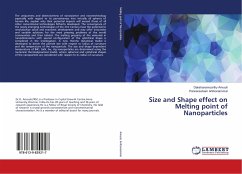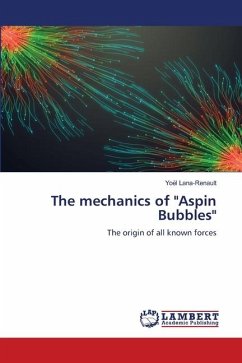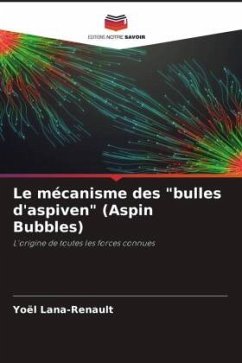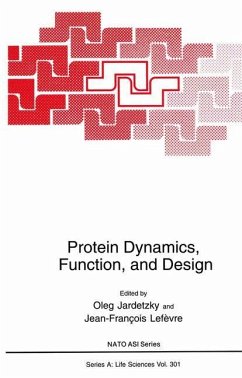
Bubbles and Mismatches in DNA Melting
Bubbles and Mismatches in DNA Melting
Versandkostenfrei!
Versandfertig in 6-10 Tagen
32,99 €
inkl. MwSt.

PAYBACK Punkte
16 °P sammeln!
We obtained the first experimental measurements ofthe length of thedenaturation bubble appearing in the DNA meltingtransition. This isachieved by working with short oligomers which canform only one bubbleper molecule. Using a quenching technique to trap thebubble states, wecould measure the length of the bubble and therelative weights of thebubble states as a function of temperature. We foundthat the averagebubble size grows for increasing temperature, butreaches a plateau at alength of order B (the length of the AT region).After the plateau, theaverage bubble length jumps to 1. This jump of t...
We obtained the first experimental measurements of
the length of the
denaturation bubble appearing in the DNA melting
transition. This is
achieved by working with short oligomers which can
form only one bubble
per molecule. Using a quenching technique to trap the
bubble states, we
could measure the length of the bubble and the
relative weights of the
bubble states as a function of temperature. We found
that the average
bubble size grows for increasing temperature, but
reaches a plateau at a
length of order B (the length of the AT region).
After the plateau, the
average bubble length jumps to 1. This jump of the
order parameter is a
signature of a discontinuous transition, one where
the bubble size remains
finite up to critical temperature of strand
separation. For a
bubble flanked by double-stranded regions, the
nucleation size is around 3
bases. For bubbles opening at the ends of the
molecule there is no
nucleation threshold. For the first time we show
experimentally that a
single mismatch transforms a transition with many
intermediates into a
nearly two-state transition for oligomer length in
the range of 20 to 40
bases.
the length of the
denaturation bubble appearing in the DNA melting
transition. This is
achieved by working with short oligomers which can
form only one bubble
per molecule. Using a quenching technique to trap the
bubble states, we
could measure the length of the bubble and the
relative weights of the
bubble states as a function of temperature. We found
that the average
bubble size grows for increasing temperature, but
reaches a plateau at a
length of order B (the length of the AT region).
After the plateau, the
average bubble length jumps to 1. This jump of the
order parameter is a
signature of a discontinuous transition, one where
the bubble size remains
finite up to critical temperature of strand
separation. For a
bubble flanked by double-stranded regions, the
nucleation size is around 3
bases. For bubbles opening at the ends of the
molecule there is no
nucleation threshold. For the first time we show
experimentally that a
single mismatch transforms a transition with many
intermediates into a
nearly two-state transition for oligomer length in
the range of 20 to 40
bases.












